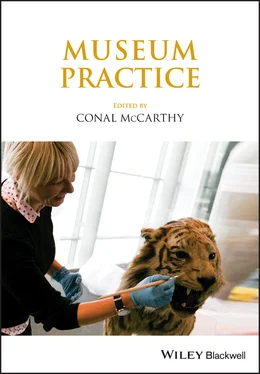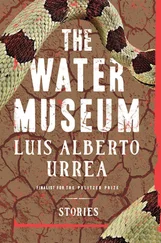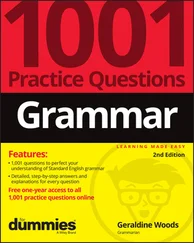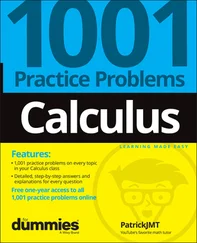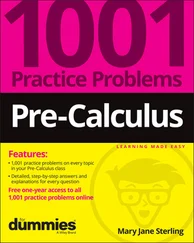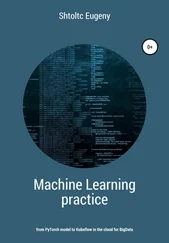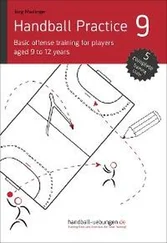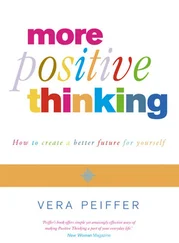1 Cover
2 Title page
3 Copyright
4 LIST OF ILLUSTRATIONS
5 EDITOR
6 GENERAL EDITORS
7 CONTRIBUTORS
8 ACKNOWLEDGMENTS
9 EDITORS’ PREFACE TO MUSEUM PRACTICE AND THE INTERNATIONAL HANDBOOKS OF MUSEUM STUDIES
10 INTRODUCTION: Grounding Museum Studies: Introducing Practice
11 PART I: Priorities 1 THE ESSENCE OF THE MUSEUM: Mission, Values, Vision Mission statements Museum missions ConclusionVision and Beliefs Notes References Further Reading 2 GOVERNANCE: Guiding the Museum in Trust Literature on governance Modes of museum governance New directions in the governance of civil society institutions Note References Further Reading 3 POLICIES, FRAMEWORKS, AND LEGISLATION: The Conditions Under Which English Museums Operate Intentional and unintentional legislation and regulation Conservatives, 1979–1997 New Labour, 1997–2010 The Coalition Government, 2010– Conclusions Notes References Further Reading 4 RECONCEPTUALIZING MUSEUM ETHICS FOR THE TWENTY-FIRST CENTURY: A View from the Field The new museum ethics: why is change needed, and why now? Analysis and discussion: key ideas from the network workshops Reflections on the processes of the research network: what was most valuable? Conclusion Note References 5 MUSEUM MEASUREMENT: Questions of Value Setting the agenda Questions of value National approaches to measuring value Conclusion Notes References Further Reading 6 DEVELOPING AUDIENCES FOR THE TWENTY-FIRST-CENTURY MUSEUM The “traditional” museum visitor is changing Reaching out to new audiences Conclusions References Further Reading
12 PART II: Resources 7 BALANCING MISSION AND MONEY: Critical Issues in Museum Economics To charge or not to charge? The debate on admission charges What comes in: other revenue centers What goes out: operating expenses Working together: collaborations Conclusion Notes References Further Reading 8 TATE AND BP – OIL AND GAS AS THE NEW TOBACCO?: Arts Sponsorship, Branding, and Marketing Artists protesting Tate’s summer party BP and Tate: two brands in partnership The wider context of business and the arts Hans Haacke and institutional critique One year later Concluding questions Notes References Further Reading 9 FROM IDIOSYNCRATIC TO INTEGRATED: Strategic Planning for Collections Collections planning: what and why? Developing a collections plan The intellectual framework Challenges to planning Conclusion: implementation and after References 10 COLLECTION CARE AND MANAGEMENT: History, Theory, and Practice Historical overview Literature review Theory: objects and meanings Ethics: best practices for museum professionals Legal aspects of collections management Theoretical foundations of collections management Preventive conservation Risk management Acquisitions, accession, registration, and cataloging Deaccessioning and disposal The future of collections management Notes References Further Reading 11 THE FUTURE OF COLLECTING IN “DISCIPLINARY” MUSEUMS: Interpretive, Thematic, Relational Disciplinary museums Should we collect? Collecting comprehensively and collecting scientifically New scientific collecting: interpretive, thematic, and relational Making it work in practice: the Trees project at Manchester Museum Conclusion Notes References Further Reading 12 MANAGING COLLECTIONS OR MANAGING CONTENT?: The Evolution of Museum Collections Management Systems The early history of collections management systems Integrating collections management and pest management Collections management systems in the gallery Publishing collections management data online Sharing data locally, nationally, and internationally Online cataloging and knowledge creation Developing a museum for the future: new initiatives at the Hunterian Conclusion References Further Reading 13 CONSERVATION THEORY AND PRACTICE: Materials, Values, and People in Heritage Conservation Conservation practice Recent shifts Careful management of change Simplifying the conservation object Conservation concepts Materials-based conservation Values-based conservation Devaluing values-based conservation Peoples-based conservation Conclusion Notes References Further Reading
13 PART III: Processes 14 FROM CARING TO CREATING: Curators Change Their Spots Museums on the move Spaces and places Collections and exhibitions Research and scholarship New and social media Audiences and evaluation New curatorship Curators as political activists Curators as artistic directors Curators as public investigators Conclusion Notes References Further Reading 15 THE PENDULUM SWING: Curatorial Theory Past and Present A challenging subject Historical perspectives Curatorial theory now Conclusion: Reflections Notes References Further Reading 16 PLANNING FOR SUCCESS: Project Management for Museum Exhibitions Exhibition development and project management Team building for success The project model: structure and clarity Phases and stages: reaching the goal Conclusion References Further Reading 17 MUSEUM EXHIBITION TRADECRAFT: Not an Art, but an Art to It Tradecraft in a changing and complex field The museum is an experience The museal sensorium High-context, low-context, anti-context Coherence Cynosures, scale, and chains of engagement The Advent calendar, buffet table, and highlighter pen analogies Conclusion: Rules and rule-breaking References Further Reading 18 MUSEUM EXHIBITION PRACTICE: Recent Developments in Europe, Canada, and Australia Re-presenting Indigenous culture in Australian museums at the turn of the twenty-first century Transnationality and difficult history: new exhibition practice in German and European museums Writing national art histories in Canadian museums Notes References Further Reading 19 A CRITIQUE OF MUSEUM RESTITUTION AND REPATRIATION PRACTICES Current practices Recent research on restitution and repatriation A new way forward: museums as loci of deliberative democracy Conclusion References 20 REWARDS AND FRUSTRATIONS: Repatriation of Aboriginal and Torres Strait Islander Ancestral Remains by the National Museum of Australia The Australian context The National Museum of Australia Issues in current repatriation practice Conclusion Notes References
14 PART IV: Publics 21 THE “ACTIVE MUSEUM”: How Concern with Community Transformed the Museum Community and museum studies Community and agency within the museum Museums, community, and evolving practices Conclusion: the “active museum” Notes References Further Reading 22 VISITOR STUDIES: Toward a Culture of Reflective Practice and Critical Museology for the Visitor-Centered Museum A history of the field Basics of current practice Literature review Overview of key developments and challenges Conclusion Notes References 23 TRANSLATING MUSEUM MEANINGS: A Case for Interpretation History and theory: a brief overview of interpretation The function of the interpreter Interpretation in exhibition development Conclusion: a case for the interpreter Note References Further Reading 24 LEARNING, EDUCATION, AND PUBLIC PROGRAMS IN MUSEUMS AND GALLERIES The core of museum and gallery learning Improving the UK framework for museum learning A wider perspective Programming for leisure and learning Evaluation and research A balancing act Conclusions: a sustainable future? Note References Further Reading 25 REVIEWING THE DIGITAL HERITAGE LANDSCAPE: The Intersection of Digital Media and Museum Practice Defining digital heritage The past is prologue: historicizing the field Museum computing and the “cultural turn” The digital horizon: new technologies Key issues and controversies Content, representation, and control Conclusion Notes References
15 AFTERWORD: The Continuing Struggle for Diversity and Equality
16 MUSEUM PRACTICE AND MEDIATION: An Afterword
17 Index
18 End User License Agreement
1 Introduction 0.1 Integrated model of museum studies incorporating research, practice, trainin...
Читать дальше
